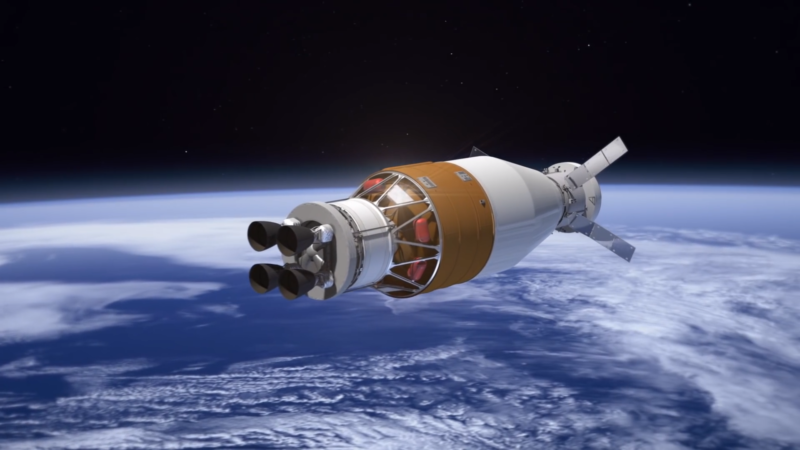NASA rejects Blue Origin’s offer of a cheaper upper stage for the SLS rocket

Enlarge / A video still showing an Exploration Upper Stage in flight. (credit: NASA)
On Halloween, NASA posted a document that provides some perspective on the agency's long-term plans for the Space Launch System rocket. This is the agency's titanic booster that has been under development since 2010, has an annual budget of more than $2 billion, and will not fly before at least 2021. The new document, known as a Justification for Other Than Full and Open Competition, explains why NASA rejected a lower-cost version of an upper stage for its rocket.
Early on, the space agency opted to build the large SLS rocket in phases. The initial version, Block 1, would have a placeholder upper stage. As a result, this initial variant of the rocket would be somewhat limited in its capabilities and only marginally more powerful than private rockets-most notably SpaceX's Falcon Heavy and Blue Origin's New Glenn boosters-developed without the deep pockets of US taxpayers.
The much more capable Block 1b of the SLS rocket will stand apart from these private rockets. With its more powerful second stage, known as the Exploration Upper Stage, it will more than double the lift capacity of these private rockets. Additionally, it will have the capability to launch both large amounts of cargo and the crewed Orion spacecraft at the same time.
Read 18 remaining paragraphs | Comments